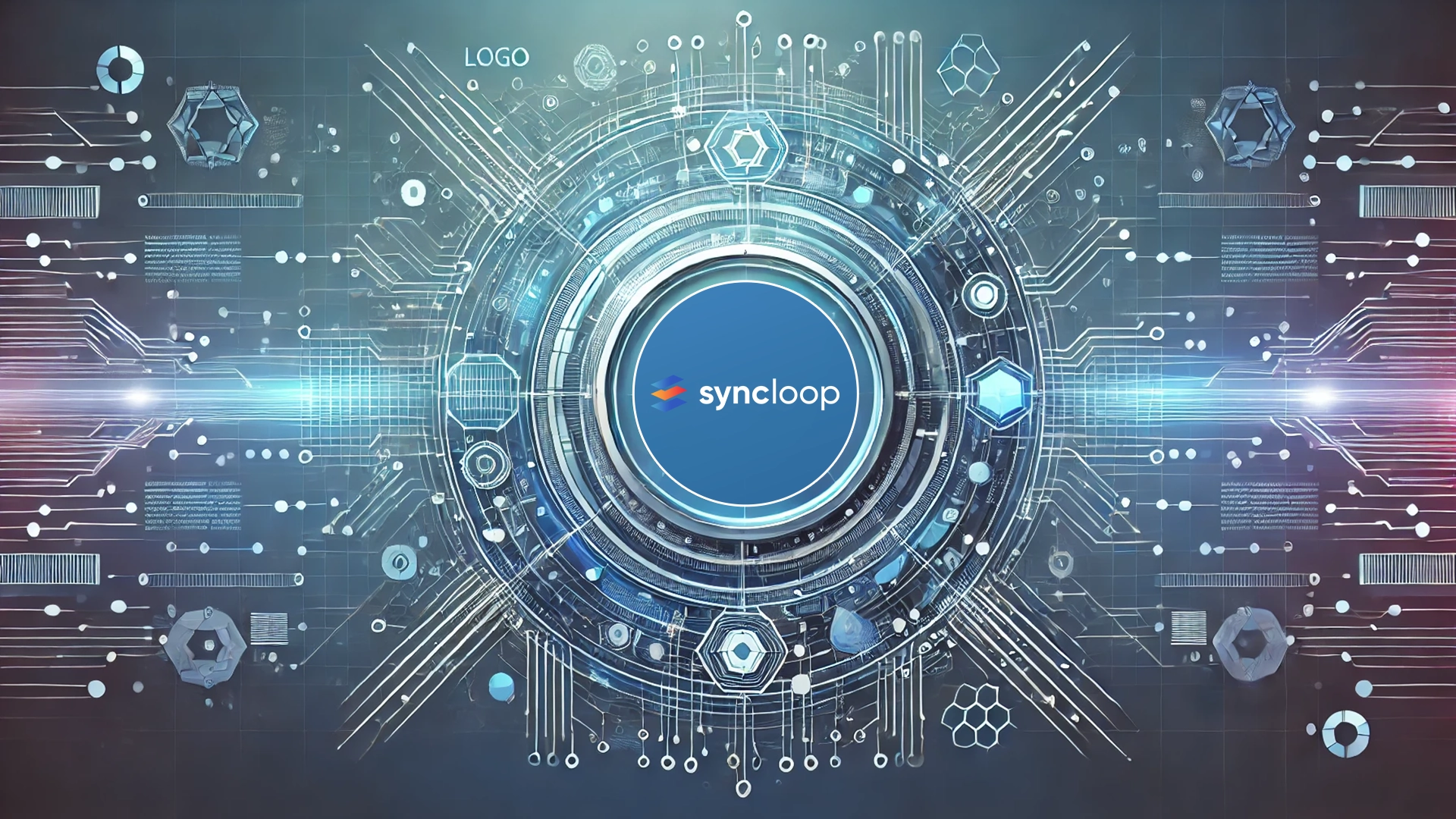Enhancing API Reliability in Multi-Tenant Environments with Syncloop
Posted by: Prerna Sood | December 24, 2024

Importance of API Reliability in Multi-Tenant Environments
- Service Continuity: Ensure uninterrupted service for all tenants, even during high traffic or system failures.
- Scalability: Support growing tenant bases and their unique demands efficiently.
- Fair Resource Allocation: Prevent a single tenant from monopolizing resources at the expense of others.
- Compliance and Trust: Meet SLAs and maintain tenant trust by delivering consistent performance.
Challenges in Ensuring Reliability for Multi-Tenant APIs
- Traffic Spikes: Handling sudden increases in traffic from one or more tenants.
- Resource Contention: Managing shared resources to avoid conflicts and bottlenecks.
- Data Isolation: Ensuring data privacy and integrity across tenants.
- Monitoring and Debugging: Tracking and resolving issues that impact specific tenants.
How Syncloop Enhances API Reliability in Multi-Tenant Environments
Syncloop provides tools and features designed to address the complexities of multi-tenant API reliability:
- Dynamic Workflows: Design workflows to handle tenant-specific requirements dynamically.
- Rate Limiting and Throttling: Enforce fair usage policies to prevent resource hogging.
- Real-Time Monitoring: Track tenant-specific API performance metrics and identify anomalies.
- Error Handling and Recovery: Implement automated retries and fallback workflows for resilience.
Key Features of Syncloop for Multi-Tenant Reliability
1. Tenant-Aware Workflows
- Customize workflows for individual tenants based on their configurations and usage patterns.
- Use conditional logic to route tenant-specific requests dynamically.
2. Rate Limiting
- Configure tenant-specific rate limits to prevent any single tenant from overloading the system.
- Use dynamic throttling to manage traffic spikes gracefully.
3. Data Isolation
- Enforce strict data isolation policies to maintain tenant privacy and integrity.
- Implement encryption for tenant-specific data during transmission and storage.
4. Monitoring and Analytics
- Track tenant-level metrics, such as API usage, error rates, and response times.
- Use Syncloop dashboards to monitor performance and address tenant-specific issues proactively.
5. Error Recovery Mechanisms
- Implement retries for transient failures and fallback workflows for critical operations.
- Log and analyze tenant-specific errors to identify and resolve root causes efficiently.
Steps to Enhance API Reliability with Syncloop
Step 1: Understand Tenant Requirements
- Identify the unique needs of each tenant, such as usage patterns and data processing requirements.
- Define SLAs to set clear reliability expectations.
Step 2: Design Tenant-Aware Workflows
- Use Syncloop’s visual designer to create workflows tailored to tenant-specific requirements.
- Include modules for validation, routing, and error handling.
Step 3: Implement Rate Limiting
- Configure tenant-specific rate limits to ensure fair usage across all tenants.
- Use Syncloop’s throttling features to handle traffic spikes effectively.
Step 4: Monitor and Optimize
- Track API performance at the tenant level using Syncloop’s monitoring tools.
- Identify and address bottlenecks or anomalies to maintain reliability.
Step 5: Test and Scale
- Simulate multi-tenant scenarios to validate API reliability under varying loads.
- Scale workflows dynamically to accommodate growing tenant bases and their demands.
Use Cases for Multi-Tenant API Reliability with Syncloop
Use Case 1: SaaS Platforms
- Ensure reliable API performance for tenants across different subscription tiers.
- Manage tenant-specific configurations and feature sets dynamically.
Use Case 2: E-Commerce Marketplaces
- Handle high traffic during sales events without impacting smaller tenants.
- Provide tenant-specific reporting and analytics APIs for merchants.
Use Case 3: IoT Platforms
- Manage telemetry data from devices belonging to different tenants.
- Ensure uninterrupted connectivity and data flow for critical IoT applications.
Use Case 4: Financial Applications
- Maintain reliable transaction APIs for banks or financial institutions using shared platforms.
- Enforce data isolation and security policies to comply with regulatory standards.
Benefits of Using Syncloop for Multi-Tenant API Reliability
- Improved Stability: Handle traffic spikes and resource contention without disruptions.
- Enhanced Scalability: Support growing tenant bases with dynamic workflows and rate limiting.
- Fair Resource Allocation: Prevent resource monopolization with tenant-specific rate limits.
- Operational Insights: Use tenant-level monitoring to gain actionable insights and address issues promptly.
- Data Security: Ensure strict data isolation and compliance with privacy standards.
Conclusion
Ensuring API reliability in multi-tenant environments is crucial for delivering consistent and secure services to all tenants. Syncloop provides the tools and features needed to design robust, scalable, and tenant-aware APIs. By leveraging Syncloop, developers can meet the demands of modern multi-tenant architectures, ensuring reliability, scalability, and trust across all clients.
An illustration of a multi-tenant API architecture powered by Syncloop, showcasing dynamic workflows, tenant-specific rate limits, and monitoring dashboards for enhanced reliability.
Back to Blogs